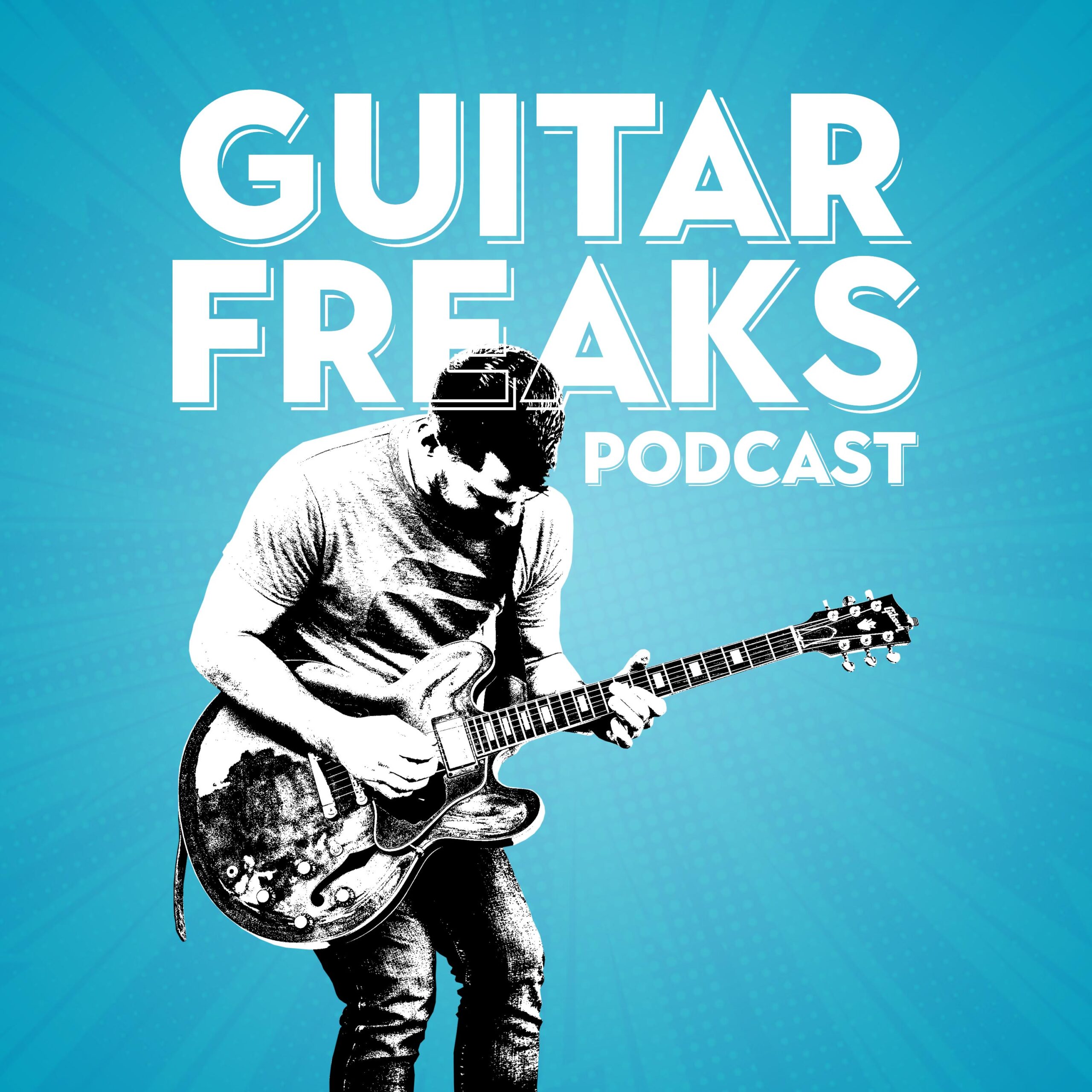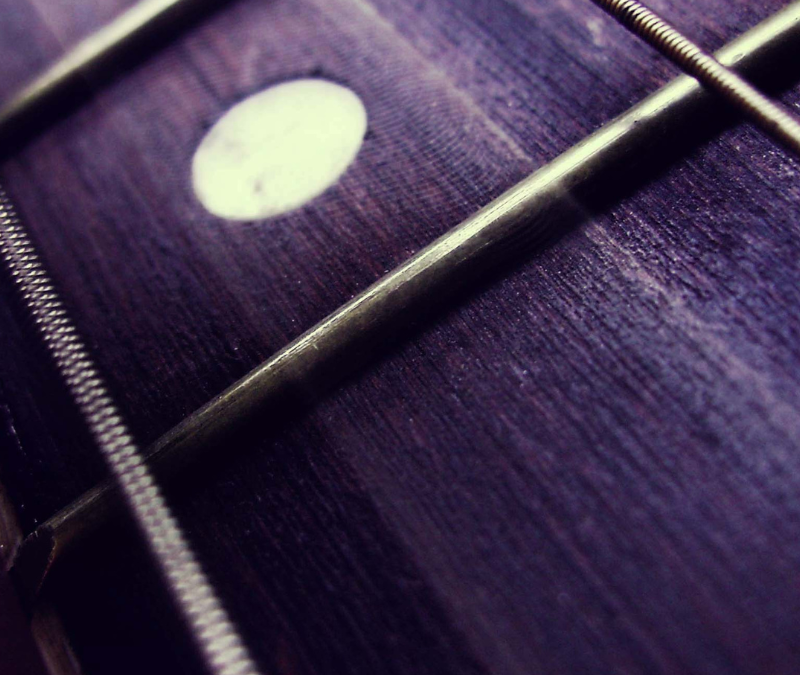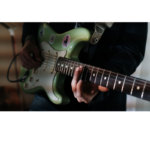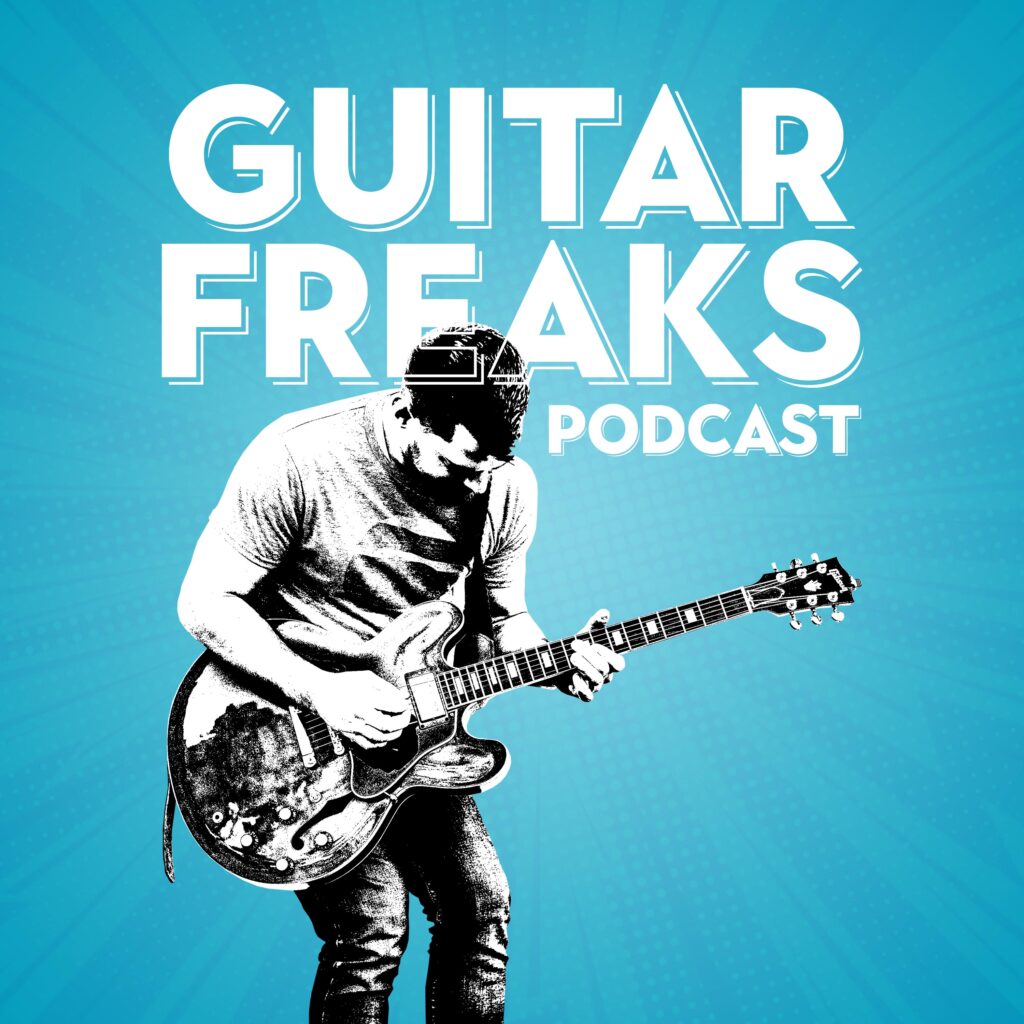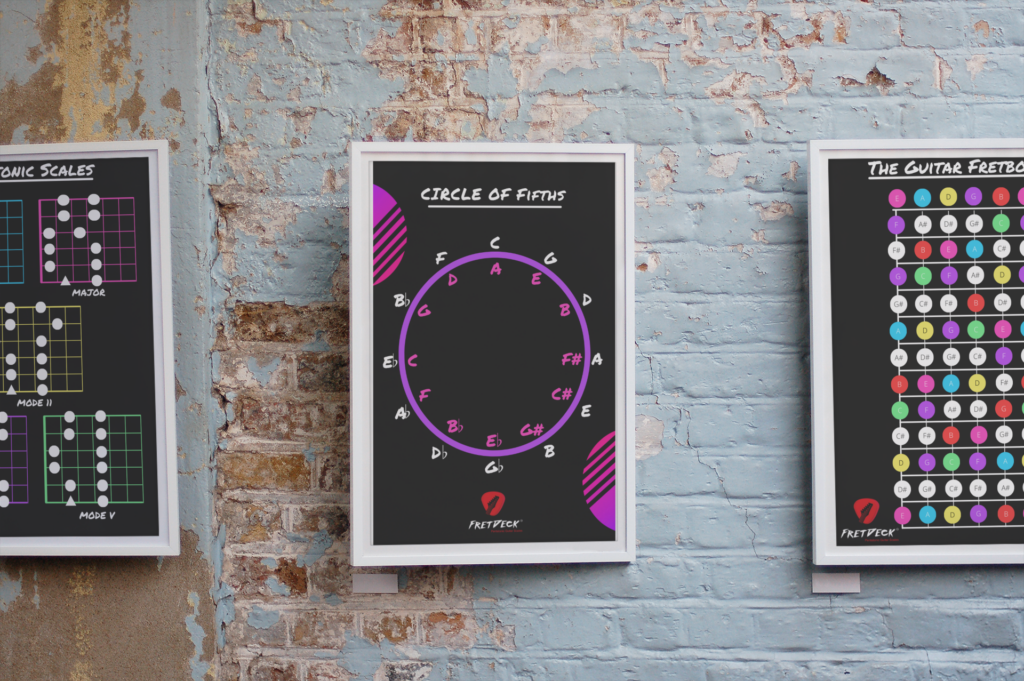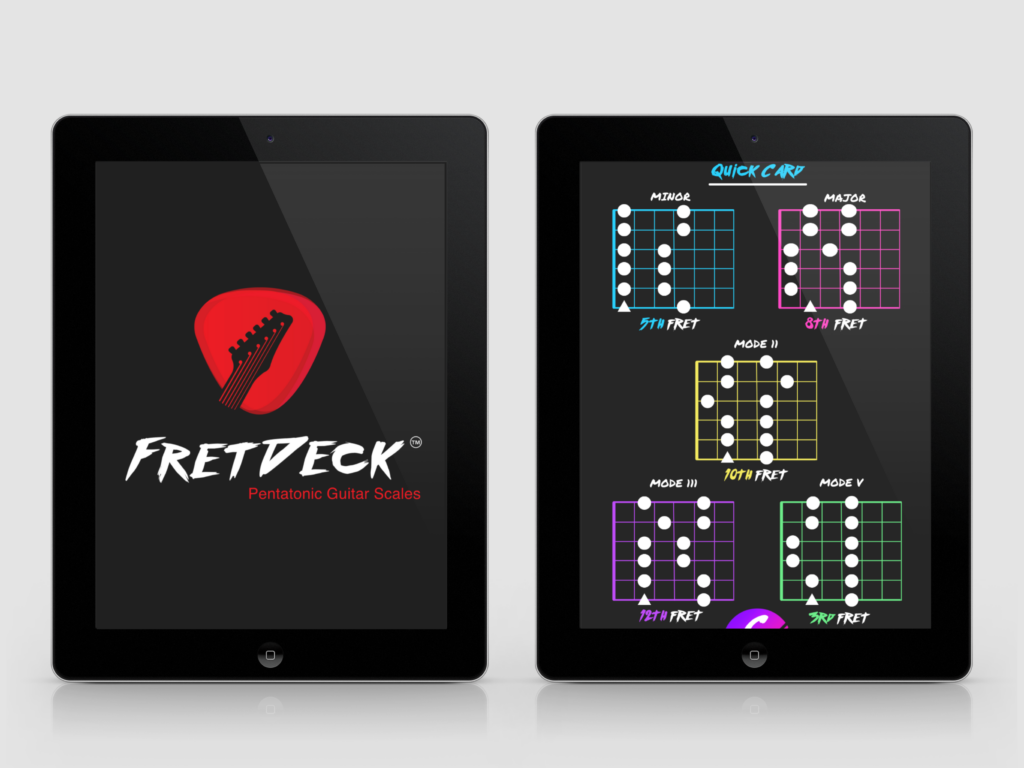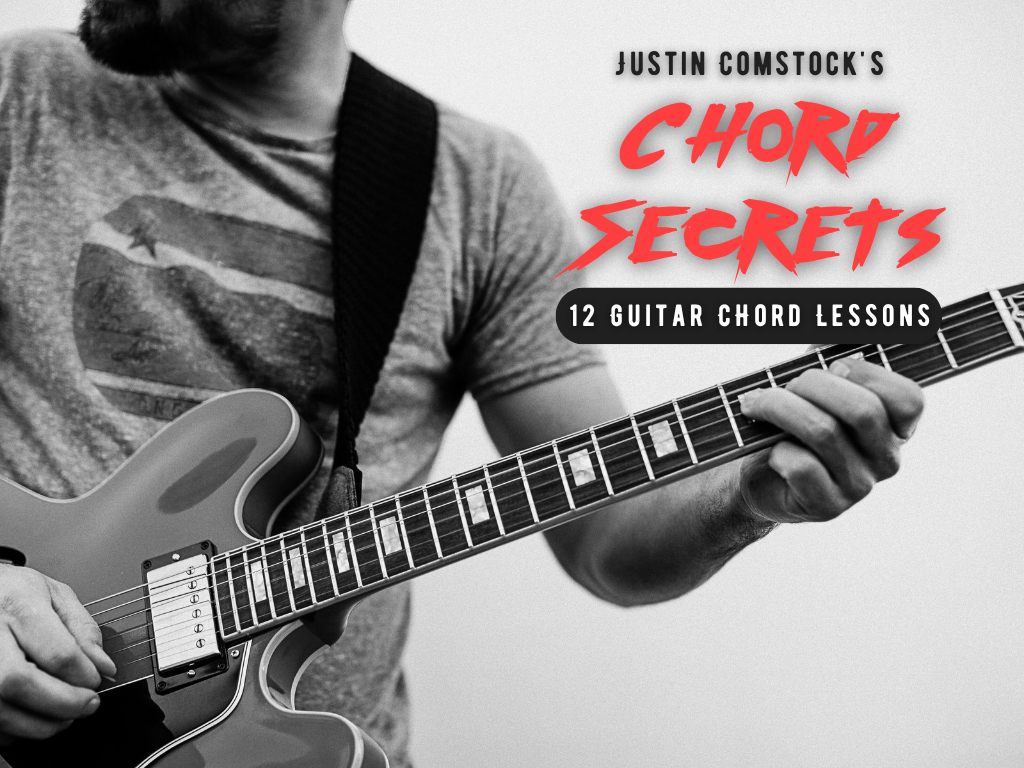If you’re like most guitar players, you’ve probably heard about modes on guitar and thought: “I should probably know this by now.”
You might’ve even tried memorizing the seven modes—Ionian, Dorian, Phrygian, and the rest—but when it came time to actually use them in a solo? It either sounded just like a regular scale or totally off-key.
Don’t worry. You’re not alone.
The concept of modes on guitar has been misunderstood, misrepresented, and way overcomplicated. But here’s the truth:
Modes aren’t mysterious or advanced—they’re musical moods you already hear and feel, even if you haven’t learned to name them yet.
In this post, you’ll learn what modes on guitar actually are, how to use them musically, and how tools like FretDeck can help you visualize and master modal playing using the pentatonic framework you already know.
Let’s make modes simple, fun, and musical again.
🎧 What Are Modes on Guitar, Really?
Let’s fix the biggest misunderstanding first.
Most people learn that modes are just the major scale starting from a different note. For example, C major = C D E F G A B.
Start from D = D Dorian.
Start from E = E Phrygian.
That’s technically true—but musically? Not useful on its own.
Here’s the better truth:
Modes on guitar are about what note feels like home.
They’re emotional palettes, not just scale patterns.
If you play the notes of C major but focus your melody around A, you’re in A Aeolian (natural minor). If you play those same notes but emphasize D, you’re in D Dorian.
It’s not just where you start—it’s what you highlight, and what you resolve to. That’s what creates the modal feel.
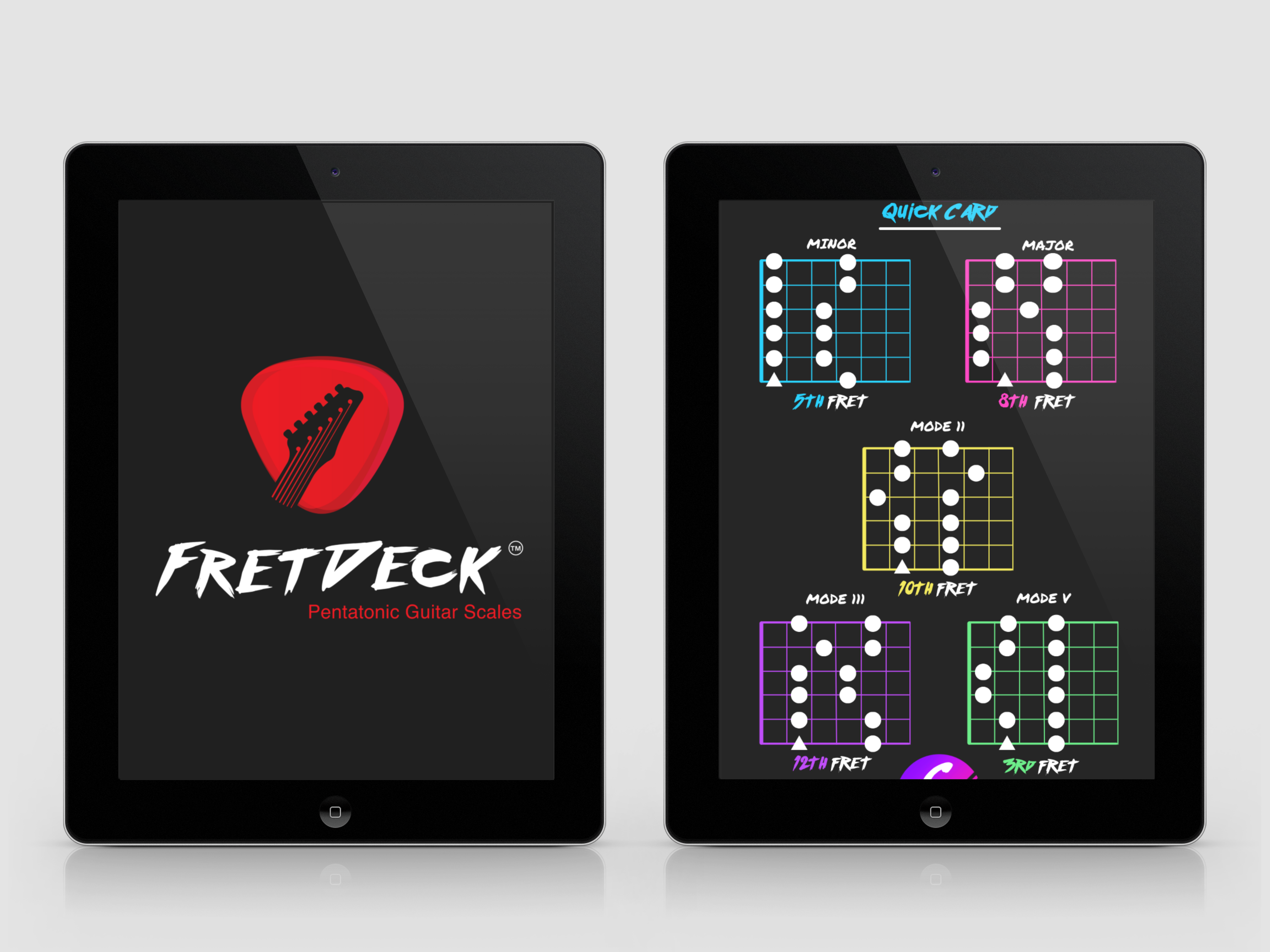
Download The FretDeck & Pentatonic Secrets Course!
Download Our Course
🧠 How to Hear Modes Before You Memorize Anything
Before you try to shred through all seven modes on guitar, I want you to feel them. Modes are sonic colors. And just like learning to paint, you need to train your eyes—or in this case, your ears.
🎧 Modal Ear Warm-Up:
Grab a drone in D (tons on YouTube), and try this:
- Play D Dorian: D, E, F, G, A, B, C
- Then D Aeolian: D, E, F, G, A, Bb, C
That one note—B vs Bb—changes everything. Dorian has a major 6th (B) that gives it a jazzy, funky lift. Aeolian is sad, classic minor.
This is the true power of modes on guitar—not memorizing notes, but feeling moods.
🎸 Why Most People Get Modes on Guitar Totally Backwards
Here’s what happens to most players:
They learn the 7 positions of the major scale and try to assign each one to a mode. But what they’re really doing is running through scales without understanding the context.
Modes aren’t about what pattern you play.
They’re about how the harmony underneath supports a new tonal center.
If you’re playing E Phrygian, but the band is still playing in C major, it’ll sound like a mess.
But if the band plays an E minor chord and you solo with C major notes—emphasizing F, the b2 of E—you get that dark, Spanish vibe that defines Phrygian.
🛠️ Modal Vamps: Your New Best Friend
Want to feel the magic of modes on guitar? Stop running scales and start building modal chord vamps.
Examples:
- D Dorian: Dm7 – G7
→ G7 pulls out the major 6 in Dm (B note). Smooth, jazzy feel. - E Phrygian: E5 – Fmaj7
→ F major makes that flat 2 (F) sound dramatic and exotic. - G Mixolydian: G7 – C
→ The b7 in G (F) gives it bluesy swagger.
Loop those vamps, start improvising slowly, and listen for what sounds like home.
🎯 FretDeck: The Missing Link Between Pentatonics and Modes
Most guitar players know how to play pentatonic scales. And guess what? That’s your shortcut to mastering modes on guitar.
Example: A Dorian
- A minor pentatonic = A, C, D, E, G
- A Dorian = A, B, C, D, E, F#, G
All you need to do is add B and F# to your A minor pentatonic and boom—you’re playing in A Dorian.
That’s where FretDeck becomes a game-changer.
It shows you:
- Which modal notes to add to your pentatonic shapes
- How modes overlap visually on the fretboard
- How to connect modal shapes across all positions
And instead of memorizing complex scale maps, you’re building on what you already know—pentatonics.
👉 Try FretDeck for Modes & Pentatonics

Download The FretDeck & Pentatonic Secrets Course!
Download Our Course
✍️ Keep a Modal Practice Journal
The best way to internalize modes on guitar? Reflect on your experience every time you play.
Start a “Mode of the Day” practice journal:
- Which mode did you explore?
- What chords or drone did you use?
- What notes sounded the most modal?
- Any licks or motifs you want to keep?
- What was the emotional mood of your playing?
Example:
“March 31 – Dorian mode day. Used Dm7–G vamp. Loved sliding into the B note. Felt jazzy, smoother than Aeolian. Need to explore higher registers next time.”
This reflection locks in your learning and builds your personal musical vocabulary.
🎨 Create Modal Solos with Storytelling in Mind
Here’s a secret: The pros don’t just stick to one mode—they shift modes to tell a story.
Modal Mixing Example (in A):
- Start with A Aeolian – sad, moody intro
- Shift to A Dorian – more hope and brightness
- Spice it up with A Phrygian – dark and dramatic climax
By shifting modes over time—or even bar to bar—you add emotional contrast to your solos.
FretDeck helps you see how to make those transitions with minimal movement. It’s all right there on the fretboard—you just need the roadmap.
🤯 Recap: How to Master Modes on Guitar
Let’s tie it all together.
🎸 Step-by-Step Modal Mastery Plan:
- Understand the sound of each mode (don’t just memorize notes)
- Play over modal vamps, not static scales
- Use FretDeck to visualize modes over pentatonic shapes
- Journal your discoveries
- Build solos with contrast by mixing modes creatively
🎸 Join the Guitar Freaks Hangout (It’s Free)
Don’t go this road alone.
In our Guitar Freaks Hangout Discord, we:
- Share modal solos and get feedback
- Talk theory without the ego
- Build loops, licks, and confidence
Whether you’re into jazz, blues, metal, or cinematic soundscapes—modes are your language. And we’re here to help you speak fluently.
Join us, and let’s get modal.rning alone.
Want to hear how modal improvisation works in real time? Check out this amazing Dorian mode breakdown by Guitar World featuring examples you can apply today.
Want to see modal theory in action with real chords? Check out our deep dive on the A minor 7 chord—a perfect launchpad for exploring Dorian mode on guitar.
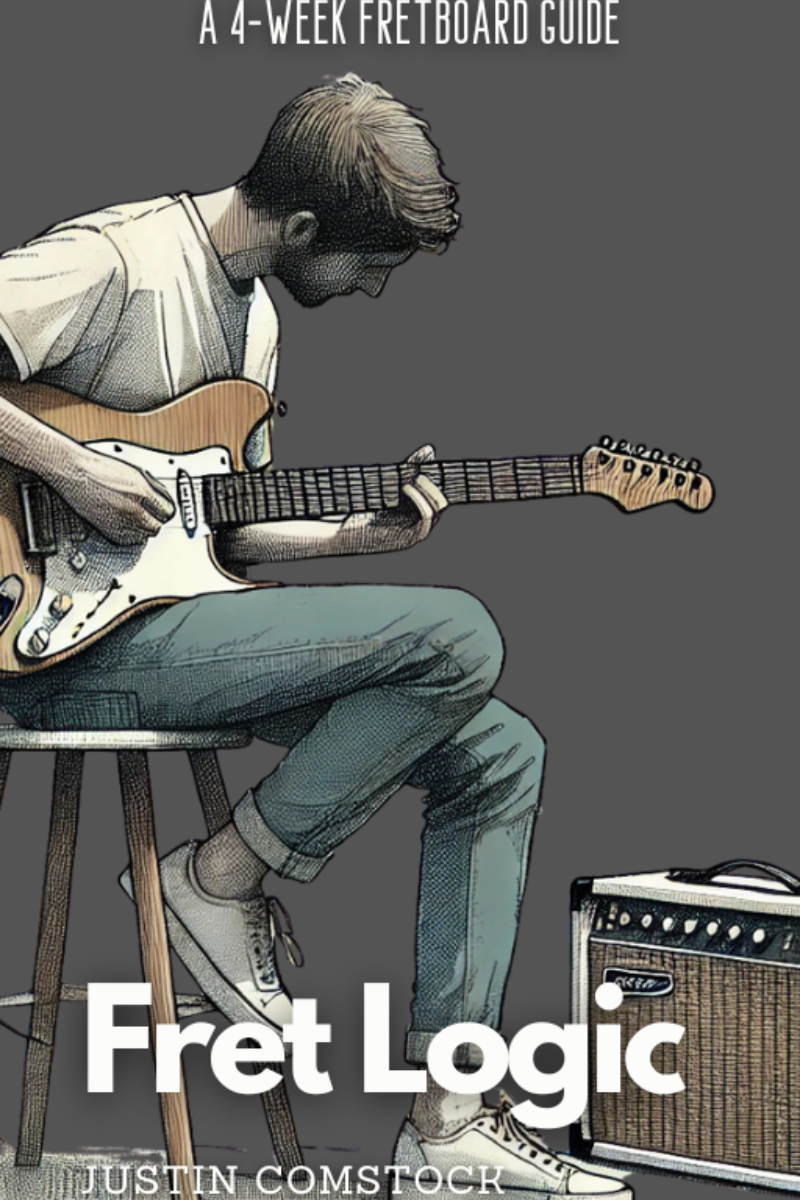
Join Guitar Freaks Hangout on Discord! 🎸
Get Fret Logic FREE!
Join the Guitar Freaks Hangout Discord and get exclusive access to my entire e-book, Fret Logic! Master the fretboard and elevate your solos with this comprehensive guide.
👉 Don’t miss out—join now and download your free copy!
